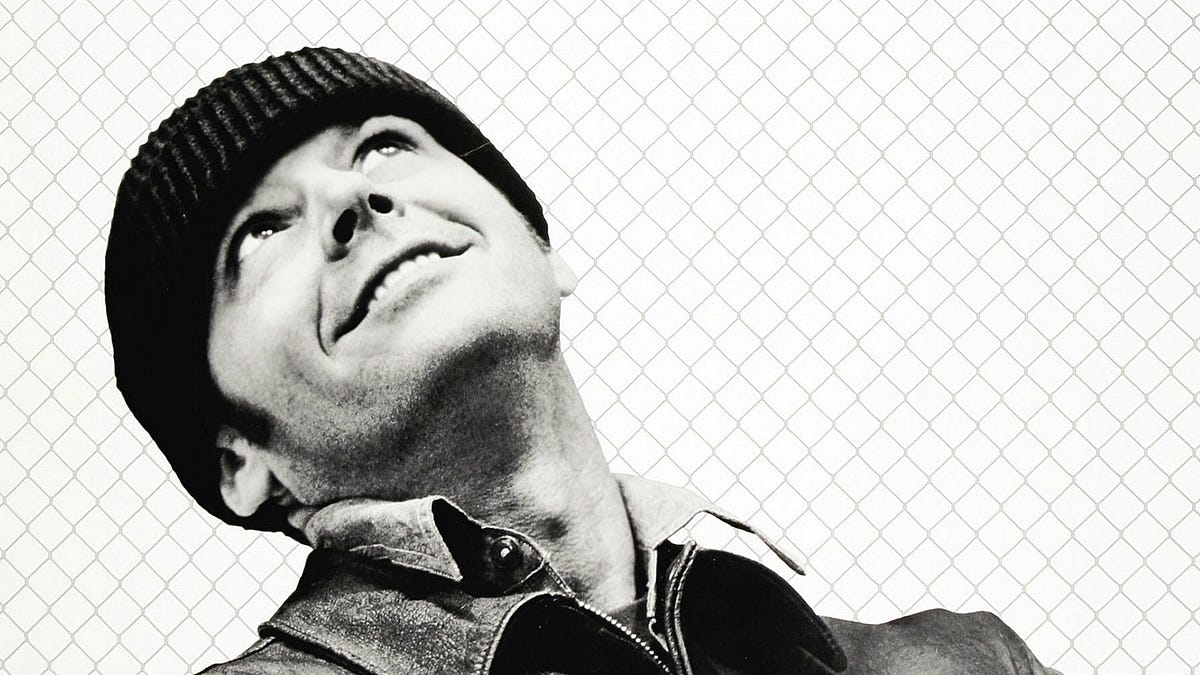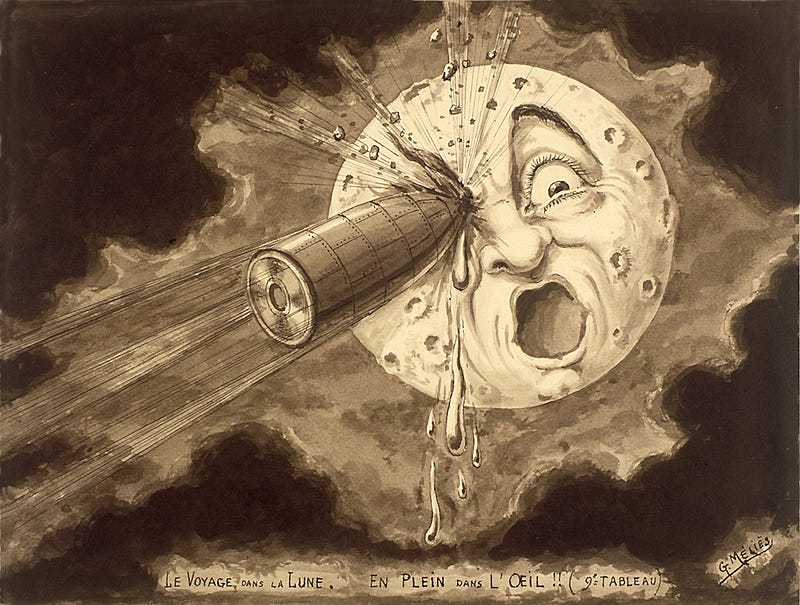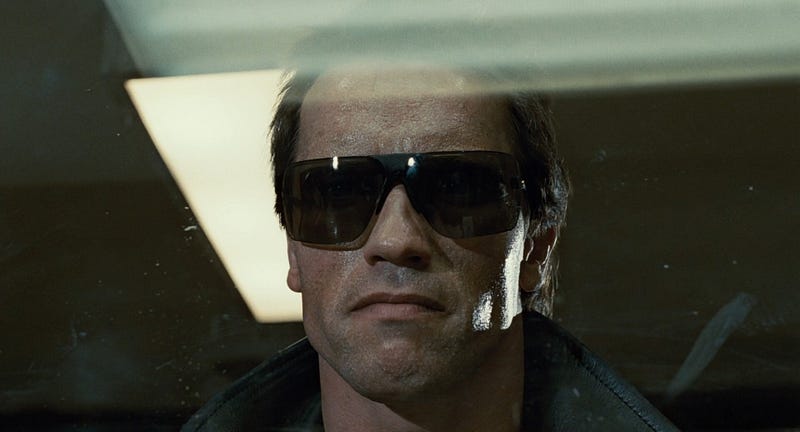
“If at first the idea is not absurd, then there is no hope for it.” — Albert Einstein
The Roger Bannister Effect
For a very long time, people thought it was impossible to run a mile under four minutes. In 1954 Roger Bannister (R.I.P) clocked in at 3 minutes 59.4 seconds.
It was not until the four-minute milestone (excuse the pun) was broken, that people believed it was possible. The record was broken again within only two months of Bannister’s achievement. Within five years it was broken again twice.
When the first person breaks a record like Bannister did, they are really breaking a psychological barrier. When someone goes way beyond themselves and achieve such amazing feats like Bannister did, it paves the way for the rest of us to follow, it shows us it is possible. When such people set out their ambition, they are often ridiculed, vilified and laughed at.
“A Severe Strain on Credulity”
In 1920, Smithsonian published a paper by the American engineer, professor, physicist, and inventor Robert Goddard, who is credited with creating and building the world’s first liquid-fueled rocket.
The paper entitled “A Method of Reaching Extreme Altitudes” suggested how we could land a rocket on the moon.
Days later, a New York Times article entitled “A Severe Strain on Credulity” ridiculedGoddard and his “absurd” suggestion. It said that Goddard “seems to lack the knowledge ladled out daily in high schools”.
“Worldly wisdom teaches that it is better for reputation to fail conventionally than to succeed unconventionally” — John Maynard Keynes
From Zero to Hero
In his book and on this week’s innovation show, author Mark Stevenson tells us of the self-proclaimed dead-end town of Güssing, Austria. In the1990’s, with 27% unemployment, the lowest wage rates in Austria the town (of only 4,000 people) could barely afford its €6m energy bill. The then newly appointed mayor Peter Vadasz decided to take radical steps and hired former pro basketball player, turned electrical engineer Reinhard Koch. Koch critically assessed how the town could make a disruptive leap and create a renewable energy system based on locally-generated power using local resources such as its forests.
The Mayor would charge the locals for the energy, but use the profits to regenerate the town.
It was 1997 and the Güssing idea, Vadasz and Koch were considered crazy, heretical and stupid. Mayor Vadasz and his team was ridiculed and laughed at.
Like all change-makers and disruptors, they were blocked, obstructed and bullied. Like many successful optimists (which we discuss with this week’s guest on the innovation show Mark Stevenson), they fell, failed, fell some more, failed some more and when they could not fall any further, they started to succeed.
Today, the town of Güssing is not only thriving with full employment, but it is growing. It owns and runs sustainable utilities and is a poster child for sustainability.
“When ridicule fails to kill a movement it begins to command respect” — Mahatma Gandhi
I’ll be Back
“Ignore the naysayers. I think it is natural when you have a big vision and big dreams and you have big goals, that people are going to say around you. I don’t think that can be done. I think it’s impossible ” — Arnold Schwarzenegger
Arnold Schwarzenegger had a vision. As a young boy in a very poor Austria, after seeing a documentary about the U.S. he wanted to escape to the USA. Soon afterwards, he read an article entitled “Mr Universe Becomes Hercules Star” about bodybuilder, turned movie star, Reg Park. Park grew up poor in Leeds, after a career as a football player for Leeds United, he became Mr Great Britain, then won three Mr Universe titles, eventually landing the role of Hercules. Sound familiar?
Laser focus ensued from Arnold. His vision was clearly mapped out for him. He had a big dream and big goals.
The naysaying began when he was 15. When he proclaimed he wanted to be Mr Universe they said, “Are you Crazy? Bodybuilding is an American sport, forget about it. That’s nuts”.
13 world championship bodybuilding titles later he set his sights on the big screen. When George Butler, producer and director of ‘Pumping Iron’ presented a showreel of Arnold to a packed theatre of potential movie investors, they laughed at him. They said, “If you put this oaf on screen, you’ll be laughed off 42nd street”.
When Arnold sought out agents and managers to represent him, they laughed and told him his physique, his funny accent and his funny name would prevent him securing a lead role. This fuelled him even further to become the highest paid actor in Hollywood.
In a nice twist of fate, “that funny accent”, the one they said would stop him, gave us the iconic line from Terminator “I’ll be back”. Director James Cameron called it the most famous movie line in history.
Conditioned to Reject Innovation or Wired that Way?
Many people will discourage you and ridicule your ambitious vision because when you have one you expose the fact that they do not have one. Oftentimes, this will come from those whom you consider your friends. You would be forgiven for being angry at them for not supporting you. However, when they do this it is not always malicious.
Many business leaders declare the need for more creativity, more “outside the box” thinking, but in reality most ideas, no matter how great they may be get shot down (we will discuss this on an upcoming Innovation Show in two weeks entitled “Innovations Dirty Little Secret”).
“The human mind treats a new idea the way the body treats a strange protein; it rejects it.” — P.B. Medwar
Our brain is wired to keep us safe, that little voice in our heads, driven by our amygdala is there to keep us alive. Once it establishes “the norm” it gets comfortable. This ancient brain wants us to stay within the established boundaries and live out the rest of our lives in safety — alive. When we go having new, crazy, hair-brained ideas, it fires up throwing every reason why we should stay the course, remain in the role we have grown out of, or persevere in a relationship that no longer nourishes us.
Our default state is one of certainty, status quo and structure. When these forces are challenged, our bias against creativity, change and innovation takes over.
In a landmark study, researchers from Cornell, Penn and the University of North Carolina measured our perceptions about creative ideas when faced with uncertainty. This study verified through a series of tests that it is not the idea that it is being rejected, but the feeling of uncertainty that your idea evokes. This means that your idea should be carefully positioned alongside an existing (already accepted) idea or should be termed an experiment, most importantly, it should be undersold and expectations should be set low. When this is done, the status quo, the way things are will not appear threatened and your idea may stand a chance.
Here’s to the Crazy Ones
It is satisfying when people turn around and say “That’ll never work” and then you can turn around and point to an example of a crazy one, a successful maverick, and say, look, it already did.
We need to celebrate the brave innovators who risk reputation, ridicule and ruination to succeed. They are the Roger Bannisters of innovation, progress and change. They are the brave ones. Some even call them the crazy ones:
“Here’s to the crazy ones. The misfits. The rebels. The troublemakers. The round pegs in the square holes. The ones who see things differently. They’re not fond of rules. And they have no respect for the status quo. You can quote them, disagree with them, glorify or vilify them. About the only thing you can’t do is ignore them. Because they change things. They push the human race forward. And while some may see them as the crazy ones, we see genius. Because the people who are crazy enough to think they can change the world, are the ones who do.” ― Rob Siltanen
If you like this post please hit a Thumbs Up so others might be inspired
EP 92 of the Innovation Show is ‘We Do Things Differently’ with author Mark Stevenson.
“When the winds of change blow, some people build walls, some people build windmills” — Chinese Proverb
‘We Do Things Differently’ and this week’s innovation show is about windmills and the people who are building them.
We talk about some of the heroes of innovation and disruption, those people sacrificing so much to make the World a better place, for example:
Jamie Heywood’s nonprofit PatientsLikeMe portal to connect patients, modelled after dating sites.
Carl Jarvis who turned around one of the UK’s worst-performing schools in spite of the education system.
Samir Brahmachari, India’s highest ranking scientist who is fighting for a cure to fight antibiotic-resistant tuberculosis.
Open Utility and James Johnson who built a smart grid based Ethernet, an uber for energy.
Have a listen here:
Website http://bit.ly/2FwsOJw
Soundcloud https://lnkd.in/gBbTTuF
Spotify http://spoti.fi/2rXnAF4
iTunes https://apple.co/2gFvFbO
Tunein http://bit.ly/2rRwDad
iHeart Radio http://bit.ly/2E4fhfl
Subscribe by email http://bit.ly/2EWVlbj
You can find out more about Mark Stevenson and his books here markstevenson.org



